Your car is more than just a means of getting from point A to point B—it’s a faithful companion on life’s journeys. But when the inevitable hum of trouble arises under the hood, those repair bills can quickly turn a smooth ride into a costly detour. What if you could navigate the world of car repairs with a savvy approach, keeping more money in your pocket without compromising safety or quality? In this article, we’ll explore practical strategies and insider tips to help you save money on car repairs, turning those unexpected expenses into manageable pit stops rather than financial roadblocks.
Table of Contents
- Understanding Common Car Repair Costs
- Mastering DIY Maintenance for Budget-Friendly Upkeep
- Choosing the Right Repair Shop Without Overpaying
- Leveraging Warranties and Service Agreements Smartly
- Sourcing Affordable Parts Without Compromising Quality
- Planning Ahead with Regular Inspections and Preventive Care
- Q&A
- In Retrospect
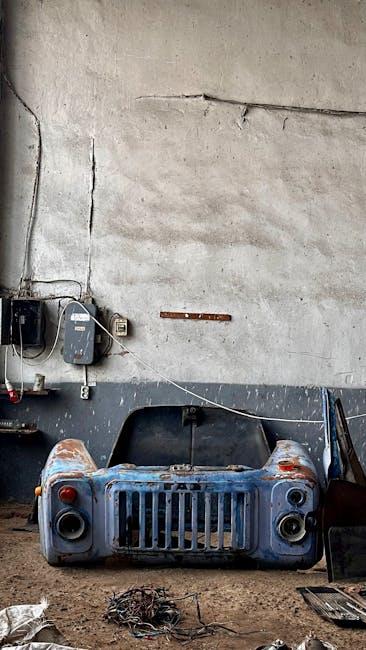
Understanding Common Car Repair Costs
Car repairs can often catch drivers off guard, especially when they come with unexpected expenses. Typical repairs range from minor fixes like replacing brake pads or changing oil filters to more significant jobs such as transmission repairs or engine diagnostics. Understanding which repairs are regular maintenance versus costly emergencies helps you anticipate your budget better. For example, while an oil change may cost under $50, a transmission overhaul could run into thousands of dollars. Keeping track of your vehicle’s age and mileage can also give clues about upcoming repairs.
Here’s a quick glimpse at common repair costs to help you plan:
| Repair Type | Approximate Cost | Frequency |
|---|---|---|
| Oil Change | $30 – $70 | Every 3,000 – 7,500 miles |
| Brake Pad Replacement | $150 – $300 | Every 30,000 miles |
| Battery Replacement | $80 – $200 | Every 3 – 5 years |
| Transmission Repair | $1,000 – $3,500 | As needed |
By familiarizing yourself with these costs, you can focus on proactive maintenance strategies rather than reacting to big repair bills. Some common saving tips include:
- Regular inspections: Catch minor issues before they escalate.
- DIY maintenance: Simple tasks like checking tire pressure or replacing air filters can reduce shop visits.
- Using quality aftermarket parts: They often cost less without compromising reliability.
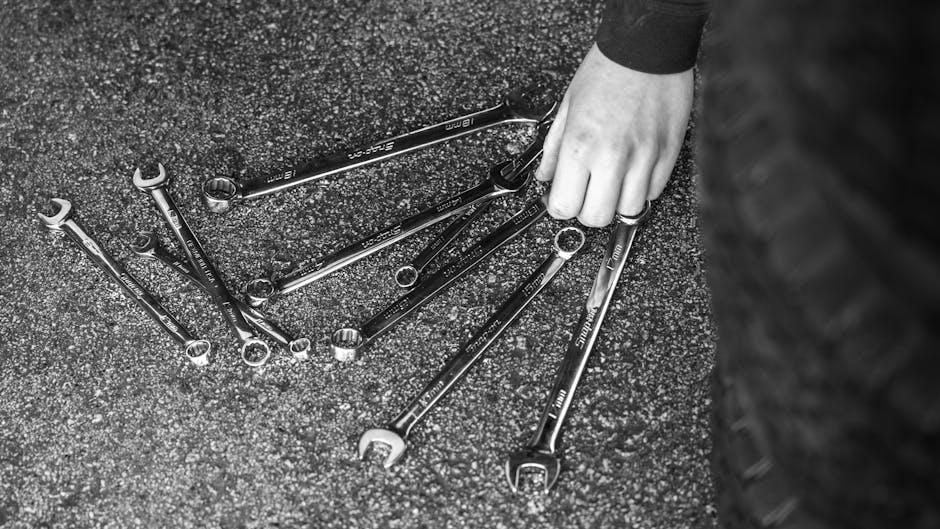
Mastering DIY Maintenance for Budget-Friendly Upkeep
Taking control of your car’s upkeep can drastically cut down repair costs by preventing small issues from turning into expensive headaches. By learning simple, routine tasks such as checking oil levels, changing air filters, or inspecting tire pressure, you empower yourself to catch problems early. Not only do these activities save money, but they also extend your vehicle’s lifespan and ensure safer drives.
Armed with basic tools and a willingness to learn, you can tackle many maintenance chores with confidence. Start by assembling an essential toolkit including:
- Screwdrivers (flathead and Phillips)
- Socket wrench set
- Tire pressure gauge
- Car jack and stands
- Funnel and oil pan
| Maintenance Task | Frequency | Estimated Cost (DIY) |
|---|---|---|
| Oil Change | Every 5,000 miles | $30 – $50 |
| Air Filter Replacement | Every 12,000 miles | $15 – $25 |
| Tire Rotation | Every 6,000 miles | Free – $10 |
| Battery Terminal Cleaning | Annually | Under $10 |

Choosing the Right Repair Shop Without Overpaying
Finding a trustworthy repair shop that offers fair prices requires a balance of research and savvy decision-making. Begin by asking for recommendations from friends and family, then verify online reviews to gauge customer satisfaction and service quality. Don’t hesitate to obtain multiple quotes for the same repair to compare prices and avoid unexpected fees. Remember, the cheapest option isn’t always the best — focus on transparency and warranties offered by the shop to ensure you’re getting value for your investment.
When evaluating shops, consider these key factors to keep costs down without compromising quality:
- Certifications and Experience: Look for ASE-certified technicians to ensure skilled workmanship.
- Parts and Materials: Ask if they use OEM or high-quality aftermarket parts, which can affect the longevity of repairs.
- Payment Plans and Discounts: Check if the shop offers financing options or promotional deals.
| Tip | Benefit |
|---|---|
| Request itemized quotes | Prevents hidden charges |
| Check for warranty | Peace of mind on repairs |
| Verify shop’s reputation | Avoid costly mistakes |
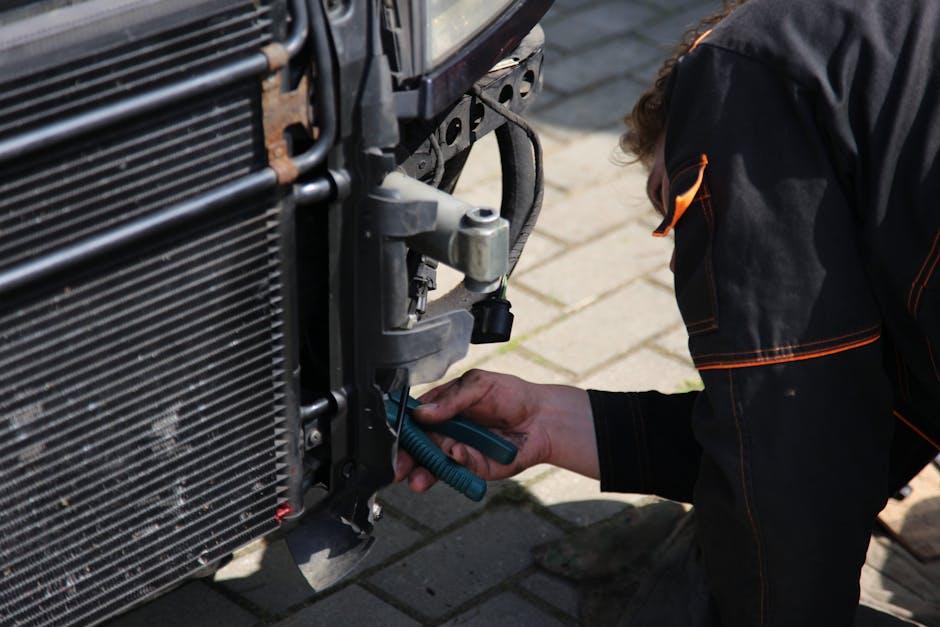
Leveraging Warranties and Service Agreements Smartly
Understanding the fine print of your warranty and service agreements can dramatically reduce repair expenses. Many car owners overlook the benefits tucked away in these documents, missing out on free or discounted repairs. Always keep a close eye on what components are covered, the duration of the coverage, and any maintenance tasks required to keep the warranty valid. Scheduling routine inspections at authorized service centers not only keeps your warranty intact but also helps spot potential issues early, avoiding costly repairs down the line.
Smart tips to maximize your warranty benefits include:
- Register your vehicle promptly to activate warranty coverage.
- Keep detailed records of all maintenance and repairs.
- Use only approved parts and service providers.
- Request written estimates and confirm warranty coverage before any costly repairs.
| Warranty Type | Common Coverage | Average Duration |
|---|---|---|
| Basic (Bumper-to-Bumper) | Most parts except wear items | 3 years / 36,000 miles |
| Powertrain | Engine, transmission, drivetrain | 5-10 years / 60,000-100,000 miles |
| Extended Service Agreements | Selected repairs post-warranty | Varies by plan |
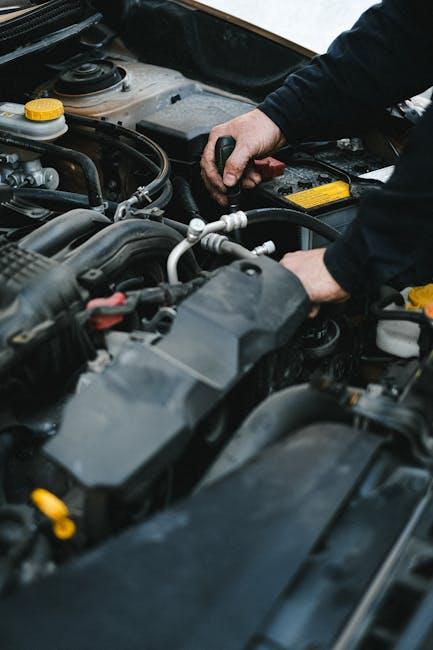
Sourcing Affordable Parts Without Compromising Quality
Finding car parts that won’t break the bank yet uphold a solid standard of quality is entirely achievable with the right approach. Begin by exploring certified refurbished parts. These components have been restored to meet manufacturer specifications, offering a cost-effective alternative to brand-new ones without risking reliability. Additionally, online marketplaces and forums dedicated to car enthusiasts can be goldmines for discounted parts backed by user reviews and recommendations, ensuring you make an informed choice.
Another smart strategy is to develop a good relationship with local mechanics or auto parts dealers who might provide insider discounts or alerts on clearance sales. When comparing options, consider the following checklist for balance and peace of mind:
- Warranty period and coverage
- Brand reputation and origin
- Compatibility with your vehicle model
- Customer reviews and ratings
- Return policy and post-sale support
| Part Type | New Cost | Refurbished Cost | Typical Warranty |
|---|---|---|---|
| Brake Pads | $80 – $120 | $40 – $70 | 6 months |
| Alternator | $150 – $350 | $80 – $180 | 1 year |
| Starter Motor | $120 – $250 | $70 – $150 | 1 year |
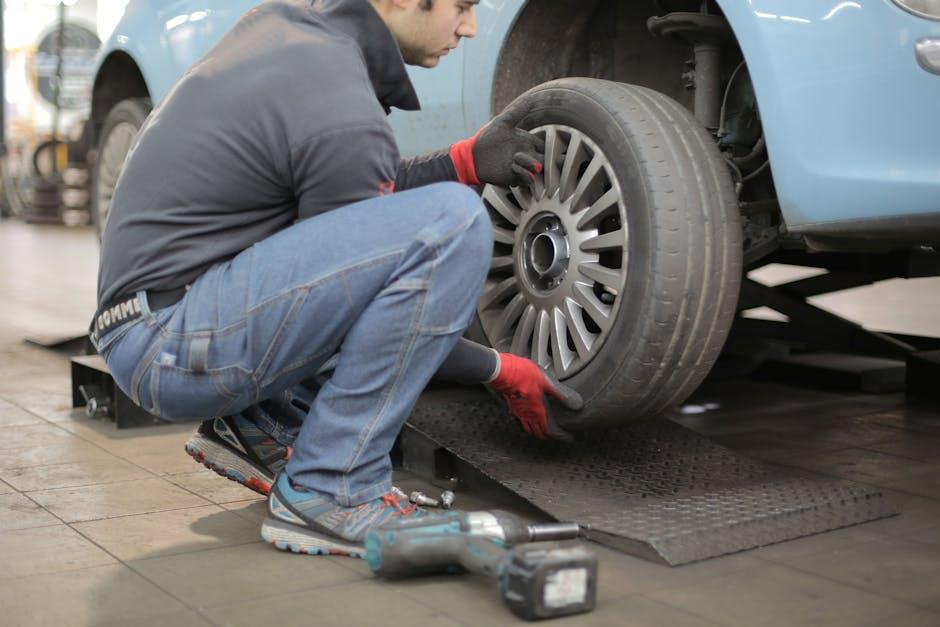
Planning Ahead with Regular Inspections and Preventive Care
Maintaining your vehicle with routine checks can be a game-changer when it comes to avoiding costly fixes later. Scheduling regular inspections helps catch wear and tear before it turns into expensive damage. From brake pads to tire health, these checks ensure each component is working optimally, reducing the risk of unexpected breakdowns. Keep a simple checklist handy for DIY inspections or rely on certified mechanics to provide professional evaluations.
Investing a little time and money upfront means steering clear of emergency repairs that drain your wallet. Prioritize preventive care by focusing on:
- Oil and filter changes: Prevent engine issues by keeping fluids clean and fresh.
- Timing belt replacements: Avoid engine failures linked to worn-out belts.
- Tire rotations and alignments: Enhance mileage and driving safety by evenly wearing tires.
- Fluid level checks: Maintain transmission, brake, and coolant fluids at optimal levels.
| Inspection Type | Frequency | Potential Savings |
|---|---|---|
| Brake Inspection | Every 6 months | Up to $300 |
| Oil Change | Every 5,000 miles | Up to $150 |
| Tire Check | Every 10,000 miles | Up to $200 |
Q&A
Q&A: How to Save Money on Car Repairs
Q: Why should I care about saving money on car repairs?
A: Because car repairs can easily drain your wallet if you’re not careful. Saving money means keeping your vehicle running smoothly without sacrificing your financial well-being.
Q: What’s the first step to cutting car repair costs?
A: Regular maintenance! Think of it as paying a little now to avoid a big bill later. Oil changes, tire rotations, and brake inspections can prevent costly breakdowns.
Q: Can I do any repairs myself to save money?
A: Absolutely—if you have the time and some mechanical curiosity. Simple tasks like changing air filters, replacing windshield wipers, or swapping out spark plugs can be DIY-friendly and save labor costs.
Q: How do I know if a repair shop is trustworthy and reasonably priced?
A: Shop around and compare estimates. Look for shops with good reviews and certifications like ASE. Don’t be afraid to ask questions about parts, labor, and warranties.
Q: Are aftermarket parts a good idea to save money?
A: Often, yes. Aftermarket parts can be less expensive yet just as reliable as OEM (original equipment manufacturer) parts. Just ensure they meet quality standards.
Q: What role does my driving style play in car repair costs?
A: A big one! Aggressive driving, hard braking, and rapid acceleration wear out your car faster. Smooth, cautious driving reduces strain and prolongs parts life, saving you money in the long run.
Q: Should I ignore small car troubles to save money?
A: No, that’s a false economy. Small issues can snowball into expensive repairs. Address problems early to avoid costly damage.
Q: Can preventive measures save me money on repairs?
A: Definitely. Using quality fluids, keeping tires properly inflated, and parking in sheltered areas can prevent damage and extend your car’s life.
Q: How can I budget for unexpected car repairs?
A: Set aside a “car emergency fund.” Even a small monthly contribution can ease the financial shock when repairs pop up.
Q: Is it worth learning about my car’s basics?
A: Absolutely! The more you know, the better you can spot issues early, understand repair quotes, and avoid getting taken for a ride.
In Retrospect
Saving money on car repairs doesn’t have to feel like navigating a maze with no exit. With a little knowledge, some proactive care, and a dash of patience, you can steer clear of unnecessary expenses and keep your vehicle running smoothly without draining your wallet. Remember, every dollar saved on repairs is a mile gained on the road ahead. So, buckle up, stay informed, and take control of your car’s maintenance journey—your budget will thank you.
